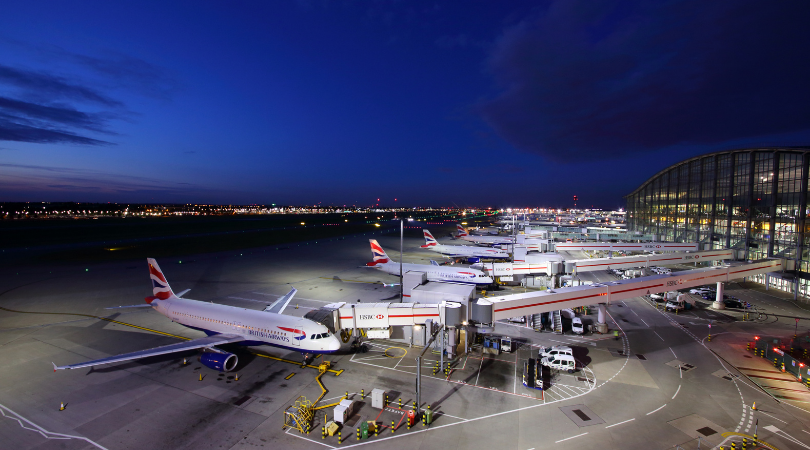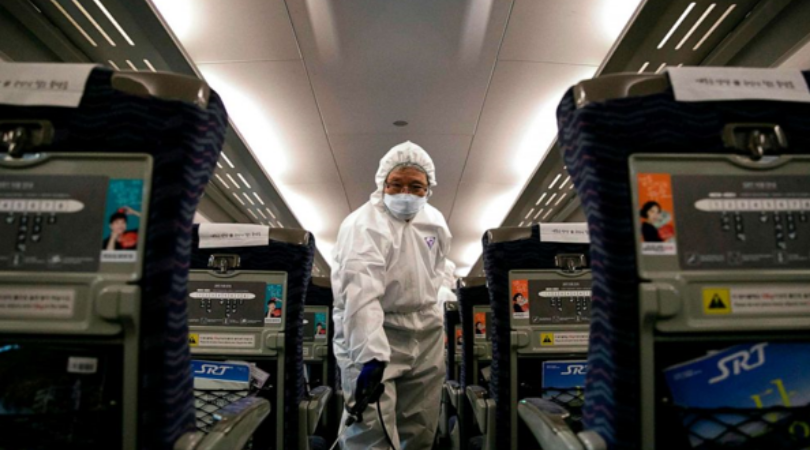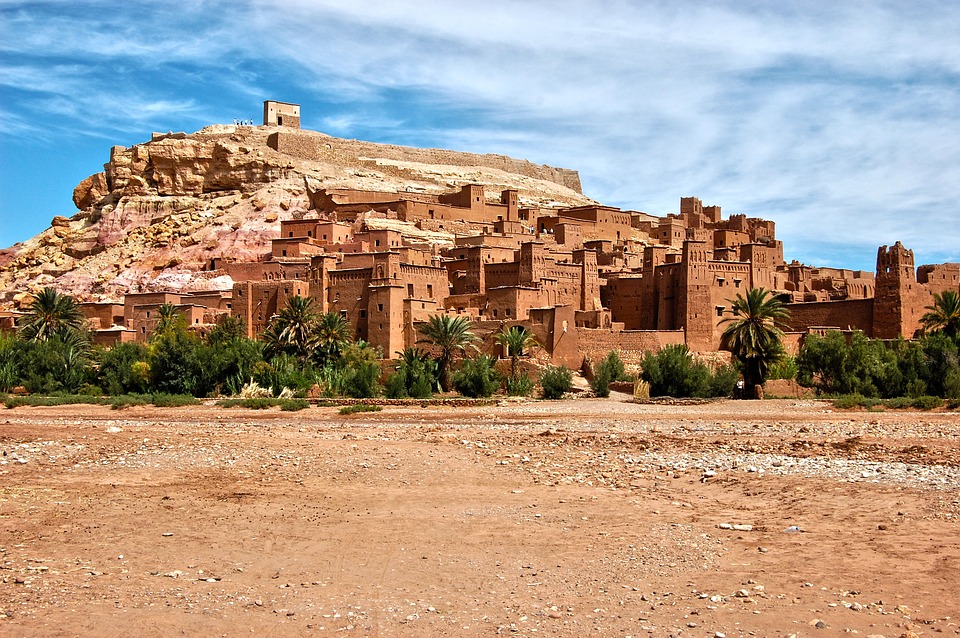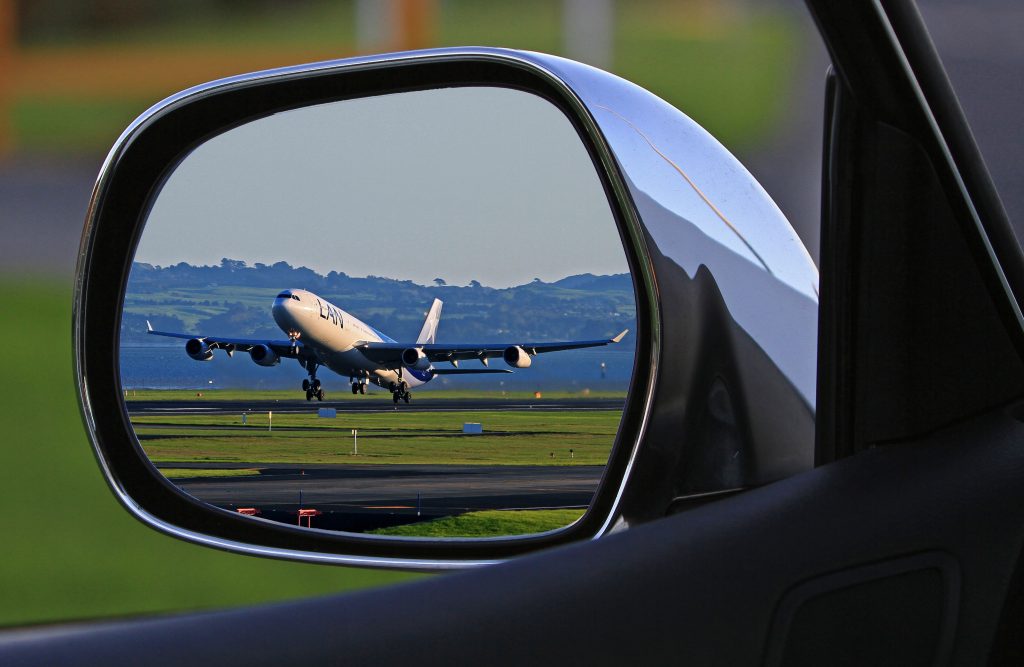The concept of smart cities is rapidly evolving. The diverse experiences of cities such as Sejong, Sentosa, Songdo, and Lavasa serve as blueprints for a successful city. This article analyzes their visions, strategies, best practices, and missteps to uncover insights for the future of smart urban development. Navigating Smart City Realities and Ambitions Smart cities […]
The Travel Industry’s Revival Stalls as Omicron Surges
At a time when some travel industry forecasts had begun to express optimism that the sector could expect a full recovery by the end of the year, or early 2022, the new Omicron variant has dashed all such hopes. Once again, the world finds itself confronted with a new COVID-19 variant that is […]
How Countries Free of Covid Travel Restrictions Are Quickly Recovering Their Tourist Arrivals
The Challenge of Post-Pandemic International Travel International leisure travel in the post-pandemic world poses challenges to travelers ranging from PCR tests and vaccination requirements prior to departure, to quarantine periods and local safety protocols once they’ve arrived at their destination. At Infomineo, we previously published an article on how COVID-19 impacted the global travel […]
More than one month after Suez Canal’s Clearance, the Ever Given Vessel still did not depart Egypt
Ever Given ship was not allowed to depart from Suez Canal unless the vessel’s owners pay up to $1 billion to compensate for the enormous disruption it resulted in. Ever Given’s Ship Blockage Causes the World’s Heaviest Traffic Jam. On the 23rd of March 2021, the Ever Given was sailing through the Suez Canal. Strong […]
How COVID-19 Impacted Travel & Tourism Industry Globally
The Travel and Tourism Industry The travel and tourism industry has experienced unprecedented growth over the past decades, becoming one of the fastest-growing economic sectors worldwide. This sector’s expansion underscores its significant socio-economic contributions and resilience amidst global challenges The sector witnessed a 59% growth over the decade in international tourists’ arrivals from 1.5 billion […]
Travel and Tourism Growth in Northern African
Travel and Tourism Growth in Northern Africa Sharing the same Mediterranean coast, ethnic cultural and linguistic identity, the North African region – comprising of Morocco, Egypt, Libya, Tunisia, Algeria, and Sudan, – have been experiencing novel growth dynamics in the field of travel and tourism. Half of the North African region, namely Egypt, Libya, and […]
An Introduction to Trans-Regional Railways in Africa
The African Route A Vision Economics have forever known an alchemy-like effect to an equation comprised of resources, gates to the world and logistical facilities. Application of such combination can be seen as early as the Silk Road or as recently as the Trans-European railway network. The impact of such complementary factors is usually the intensification […]
Tourism in Morocco: The Challenges of a Promising Sector
Background and perspectives Morocco offers multiple types of destinations for tourists. First, it has almost 3000km of coastline which makes it a top destination for seaside activities; second, it is rich of history and offers cultural activities with entire cities being classified as world heritage sites by UNESCO; also, mountains and desert offer unique experience […]
Aviation: Africa’s Sleeping Industry
One of the main drivers of the aviation industry is the economic growth and development. There is a proved correlation between the amount of air travel and Gross Domestic Product (GDP) around the world that can be observed in the two graphs bellow (MIT). Now taking the example of China as a starting point to […]
The Luxury Real Estate Market in West Africa (2/2)
In my previous article published in March, I gave you a general overview of luxury real estate market in Western Africa with a focus on Nigeria and Ghana. Today let us talk about some major projects initiated in Senegal and Côte d’Ivoire. Senegal: A new wind is blowing for the luxurious real estate market With […]









